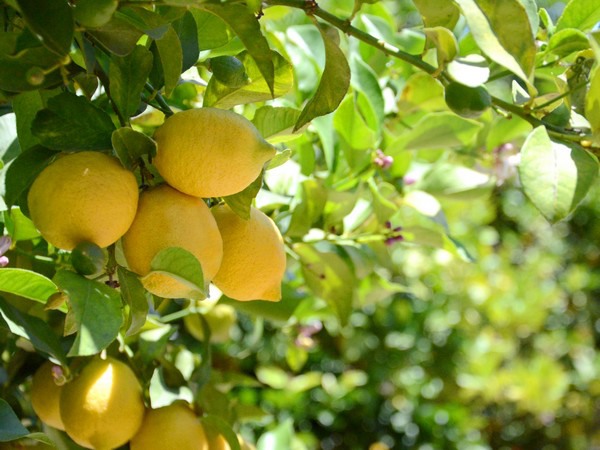Demand for lemons continues to pick up with many foodservice operations continuing to return.
“Overall demand for lemons seems to be solid and out of some of the ups and downs that we saw over the past couple of years. It has been encouraging,” says John Carter of Limoneira. “Typically, foodservice is the stronger part of demand on lemons and foodservice demand has definitely picked up. It is more steady than it has been compared to during the lockdowns time frame.”
 Right now, lemons are coming from California (primarily District 2) as well as Argentina.
Right now, lemons are coming from California (primarily District 2) as well as Argentina.
Currently, supplies of lemons are coming from California (primarily District 2) as well as Argentina. “Chilean lemons have also been arriving in light volumes for the past few weeks and Mexico has been crossing a little bit as well. The U.S. crop is bigger here this summer than it was last summer. To date, Argentina has shipped less into the U.S. compared to last year--approximately 70 percent of what they’ve shipped last year. Chile and Mexico are just beginning,” he says. The make-up of those supplies will change somewhat as the summer moves on with Chile and Mexico taking a larger part of the supplies by the end of August. Additionally, in Canada, lemons have also begun to arrive from South Africa.
Ocean transportation continues under watch
Like the growers and shippers of many agricultural commodities, transportation costs have increased on the ocean shipping of lemons, as well as farm and packing costs. “On the shipping side of things, you have the feeling that those costs have maybe reached the high point. Where it goes from here is undetermined, though we’re cautiously optimistic on that front,” Carter says. He does add that there are still some issues with ocean transportation, though it’s not as prominent as last year. “But you can still have delays that take place that make arrivals a little more unpredictable on the shipping origin and destination points.”
 Limoneira is running new promotional Catch the Citrus Wave packaging for lemons, navels and mandarins. Each bag highlights the variety with their corresponding citrus characters. The packaging also includes a QR code taking shoppers directly to the promotion's landing page for recipes, games, coloring activities and information about sustainable farming initiatives.
Limoneira is running new promotional Catch the Citrus Wave packaging for lemons, navels and mandarins. Each bag highlights the variety with their corresponding citrus characters. The packaging also includes a QR code taking shoppers directly to the promotion's landing page for recipes, games, coloring activities and information about sustainable farming initiatives.
As for lemon pricing, Carter notes those increased costs factor in of course. “You don’t see an increase in pricing right now that truly reflects what the cost increases have been. Given that there’s not much more movement on the pricing front, exporters are more cautious about the volume that they’re sending to the U.S. and other markets,” he says.
For now, pricing is mixed on lemons with the outlook dependent on the good supply that is available in the field relative to the costs to get that supply to market. “As always though, opportunities emerge relative to specific grades and sizes depending on how Mother Nature behaves,” adds Carter.
 For more information:
For more information:
John Carter
Limoneira
Tel: +1 (805) 525-5541
JCarter@limoneira.com
https://www.limoneira.com/
